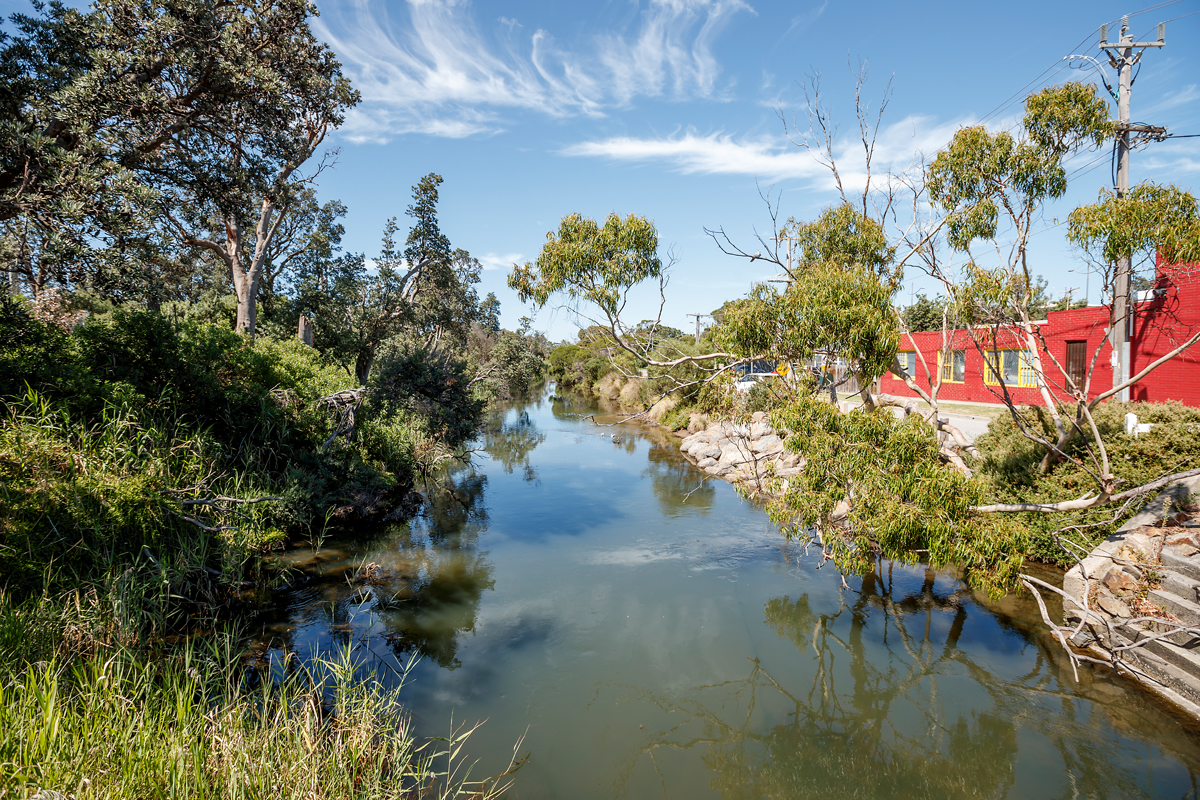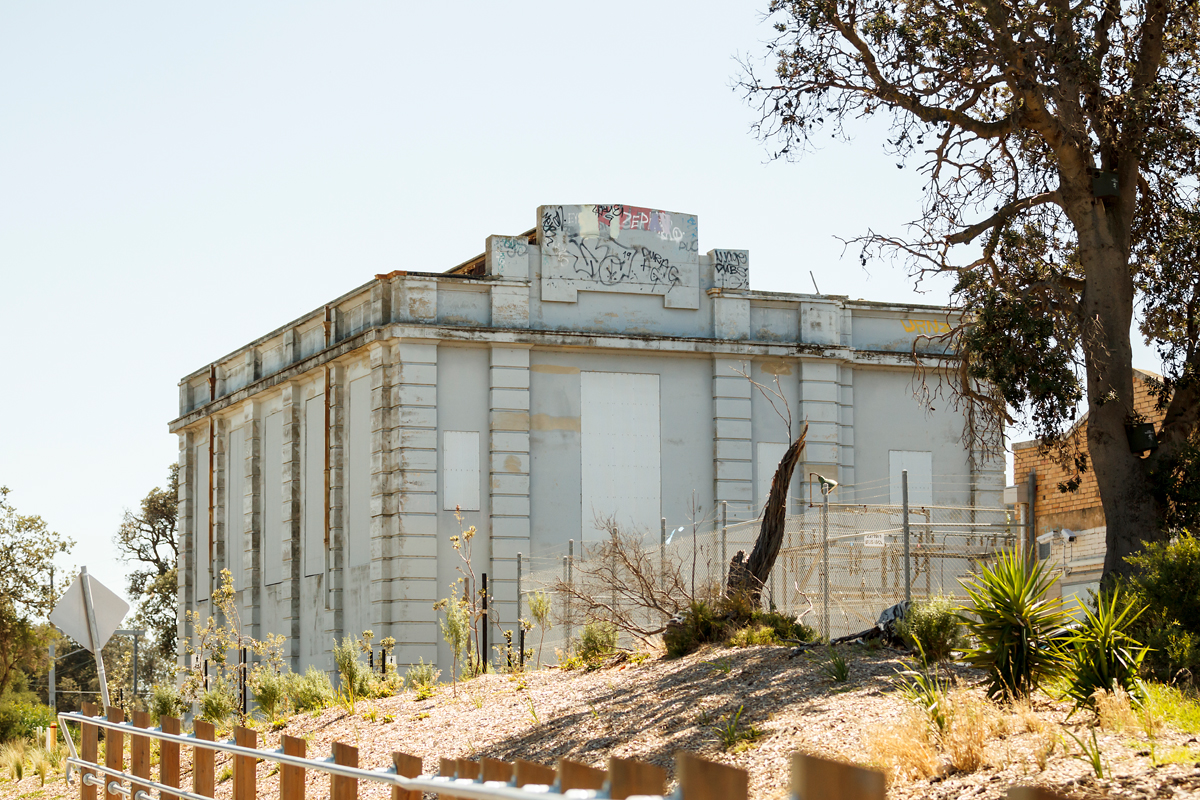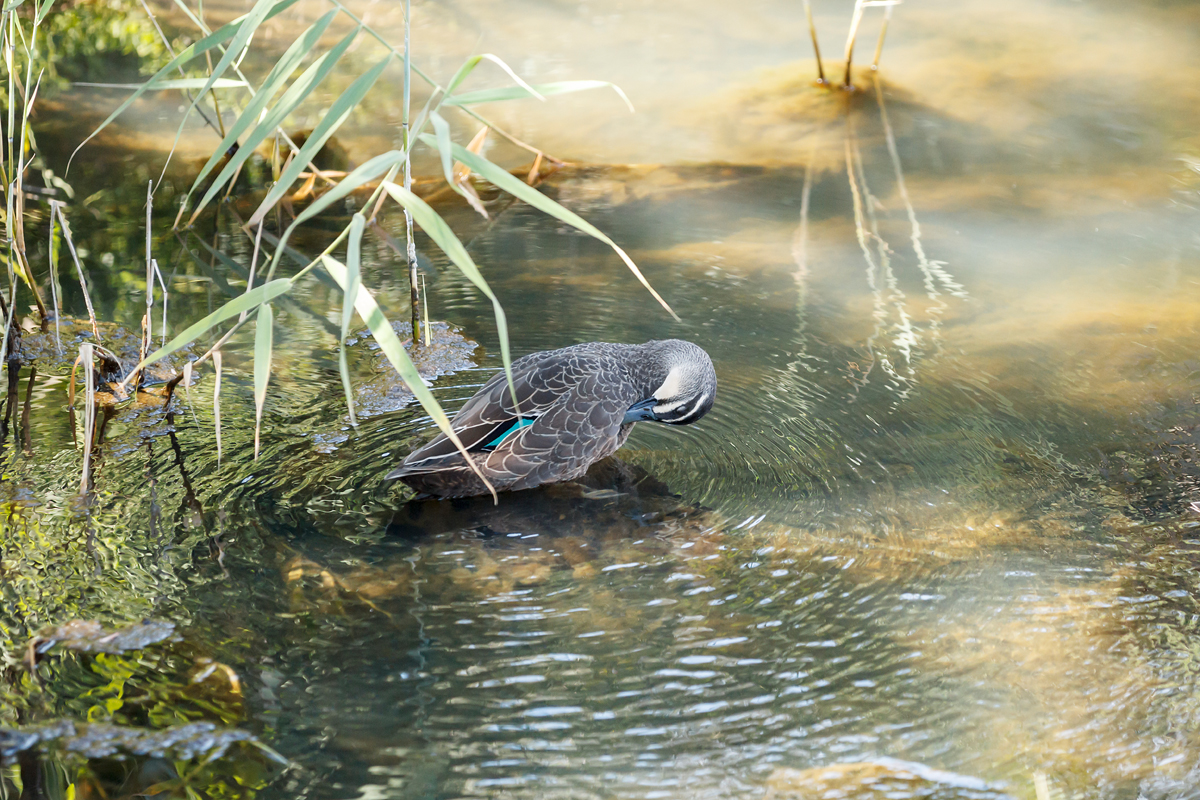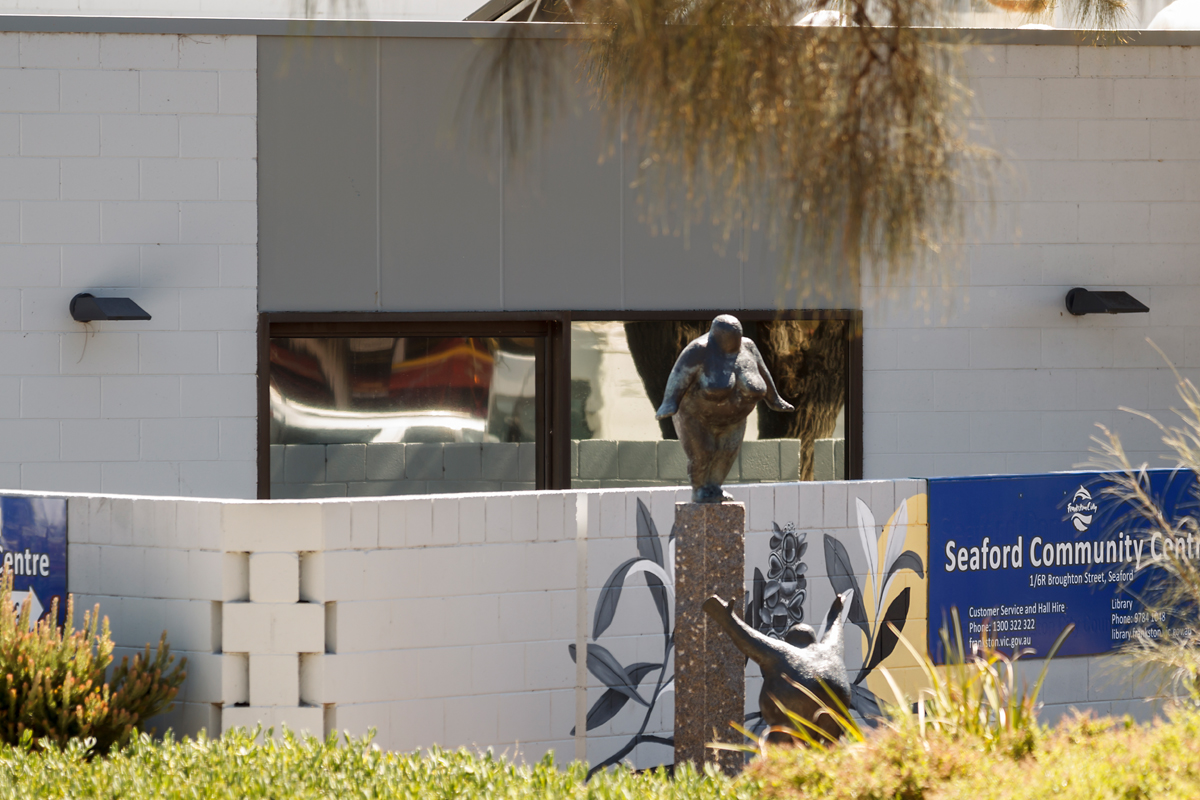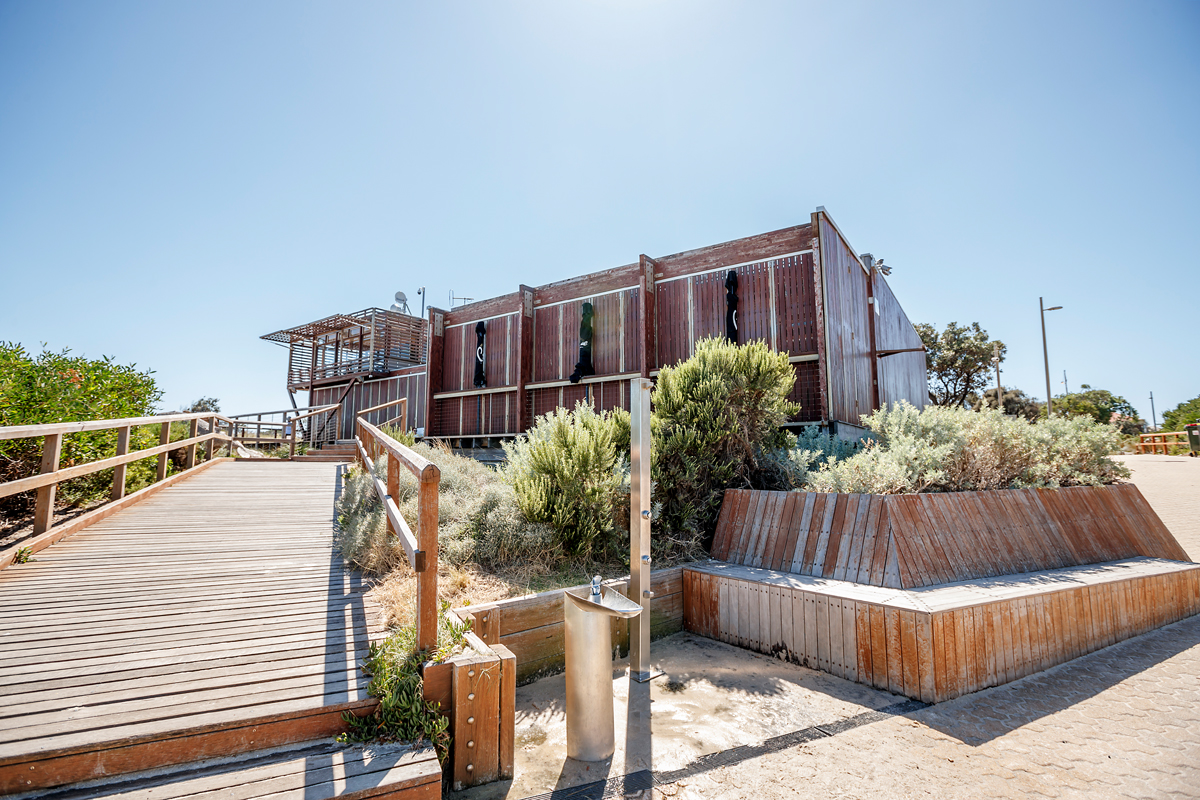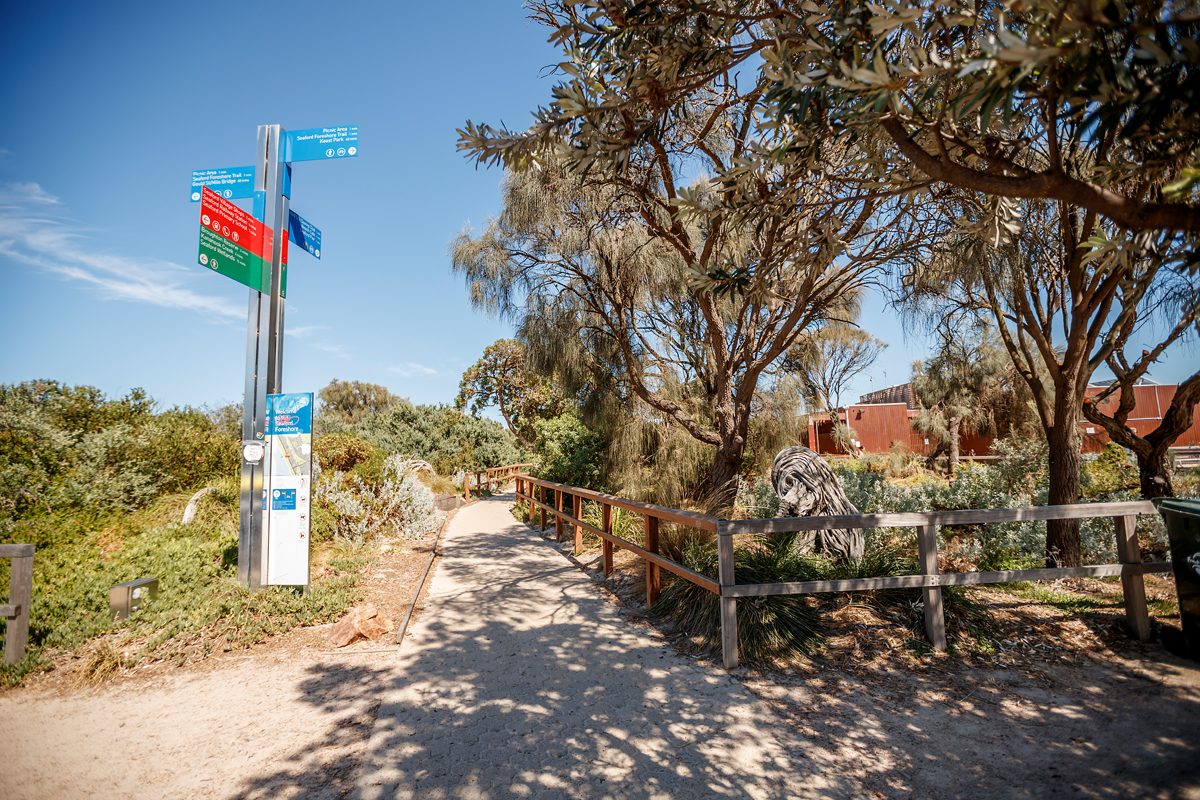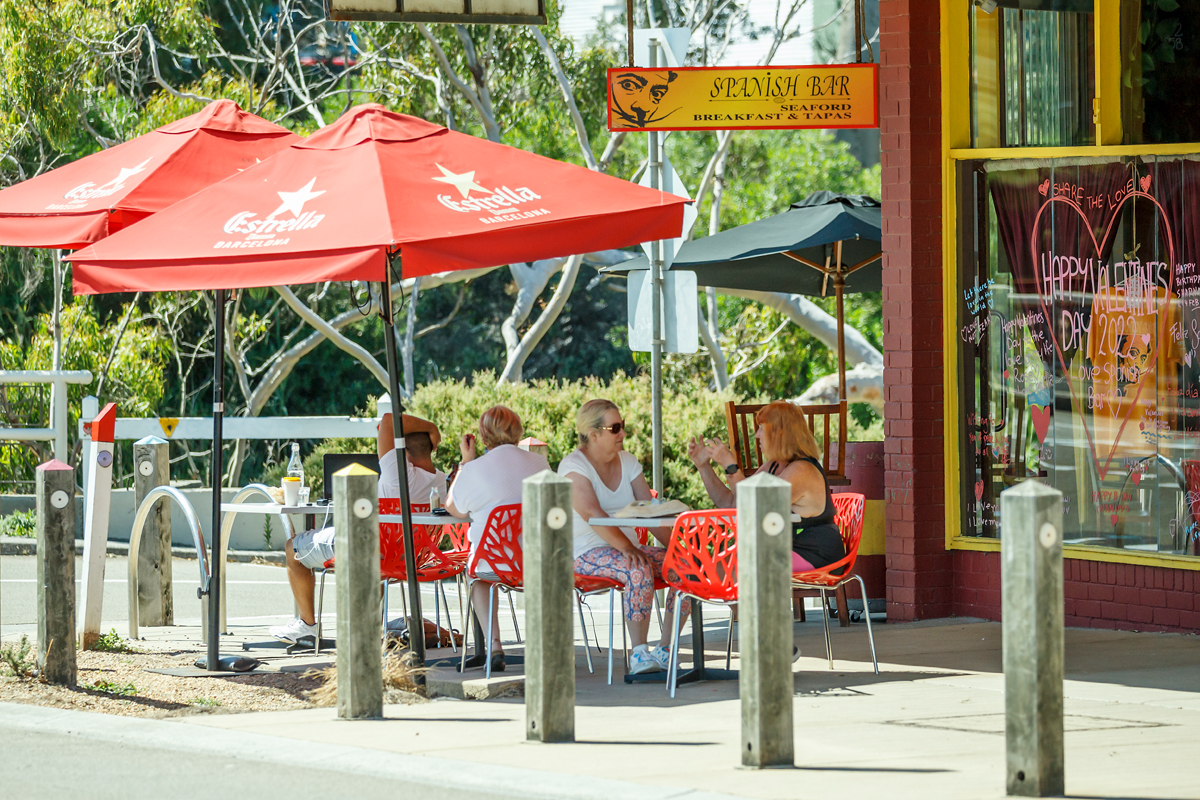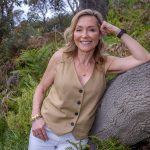Seaford is a beach side suburb in Melbourne. It is located 36 km south-east of Melbourne’s central business district. Its local government area is the City of Frankston.
Seaford was the site of the Karrum Karrum swamp, which was utilised for food by the Bunurong Aboriginal people. In the early twentieth century, after European settlement, the swamp was drained for farming purposes (with wet areas remaining only at low lands; including Seaford and the Edithvale wetlands.
At the 2016 census, Seaford had recorded a population of 16,463.
The name Seaford arose during a meeting of local residents in 1913, called to decide upon a name for the settlement and the new railway station about to open. It was agreed that the name should contain some reference to the sea. Councillor Sydney Plowman suggested “Seaford”, dropping the “l” from his home town of Sleaford, in Lincolnshire, England. The suggestion was adopted.
The Seaford Foreshore Reserve is one of the few remaining substantial, continuous strands of natural coastal vegetation near Melbourne. Seaford is notable for this reserve, which divides the beach from Nepean Highway along the whole length of the suburb. This reserve was the site for an extensive dune restoration program undertaken by the Port Phillip Authority in 1972, under the title of the “Seaford Experimental Project”. The program involved extensive areas of fencing, revegetation and the installation of walking tracks, seats, tables and shelters.
Kananook walking trail is split by roads, passes by the Seaford RSL, continuing in both directions.
Seaford Wetlands is a 305 hectare nature reserve listed on the Register of the National Estate. The wetlands are home to a wide variety of bird life, including a number of rare and endangered migratory species protected by international agreements. The large numbers and variety of bird life make the Wetlands popular with bird watchers. Many migratory birds from as far afield as Siberia visit the reserve from October to March. There are stands of river red gums around the margins of the wetlands, some of which are estimated to be around 300 years old. Some have scars where the bark was stripped for use by the Bunurong Aboriginal people prior to European settlement.
Seaford is serviced by both bus and commuter rail. Two railway stations are within the suburb – Seaford and Kananook – on the Frankston railway line.
In February 2011 the Australian Football League’s St Kilda Football Club officially opened its $10.25 million training venue at Belvedere Park in Seaford.
The Seaford post office opened on 6 March 1914.
Median house prices for Seaford is $825,000 whilst median rental is at $443 per week.
Coffee Safari
Freshly brewed coffee is a must-have for weekends away and the Mornington Peninsula’s coffee haunts are second to none. Check out these!
Crackerjack Beachfront
Carrum Bowling Club, 4/1N Nepean Hwy
Pairing award winning architecture with relaxed quality dining and offering unobstructed, spectacular views of Port Phillip Bay from every window, dine indoors or enjoy the fresh air with your furry friend and tasty food from their choicest menu.
Coffee Home Café
Shop 2, 131 Nepean Hwy
A place for the whole family to enjoy tasty brekky or brunch before or after you visit Seaford Beach with friendly service and great food and prices.
Beach Café
1/10N Nepean Hwy
Relaxing place to sit and chill on the terrace with a superb view of the pier and ocean beyond. Enjoy a freshly brewed coffee and amazing cakes. Light meals also available.
The Black Goose
25 Hartnett Drive
With great coffee and super-friendly staff providing excellent service, pop in for a bite from their fresh menu filled with homemade goodies or grab a takeaway bite from this hidden gem.
What to do
Pack a picnic and head to the Seaford Foreshore Reserve then stroll along the walking tracks toward the beach and pier.
Explore the wetlands and ‘I Spy’ one of around 130 different species of bird life.
Venture to the happening industrial area on Hartnett Drive and visit a local brewery or distillery and grab a bite from one of the hidden gems nestled in the area.
Photography: Yanni
